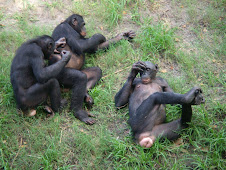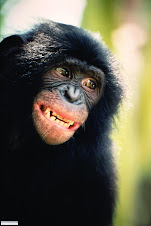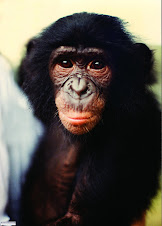 This 128 page booklet is a guidebook of a "Jardin Zoologique d'Acclimatation" or Zoological Garden for Acclimatization, for a zoo just west of Paris, France. The site was at the Bois de Boulogne Park, an enormous Park of 2,000 acres that was established in 1859. During the Middle Ages, it was an immense oak forest, and, during the period of royalty, it had been a hunting reserve.
This 128 page booklet is a guidebook of a "Jardin Zoologique d'Acclimatation" or Zoological Garden for Acclimatization, for a zoo just west of Paris, France. The site was at the Bois de Boulogne Park, an enormous Park of 2,000 acres that was established in 1859. During the Middle Ages, it was an immense oak forest, and, during the period of royalty, it had been a hunting reserve.The booklet was published in 1902, and at that time, the zoo boasted many animals, from alpaca to zebra. It had monkeys, elephants, parrots, kangaroos, otters, tapirs, pelicans, yak, and pheasants. It also boasted a hunting and fishing museum, a "glass house" of 160 feet x 70 feet by 45 feet tall for tropical plants, and an aquarium.
One of the rarest animals discussed was the giraffe. At the time, there were only 45 animals in Europe. Equal praise was given for the pygmy goat from Africa, and a myriad of chicken, turkey, pigeon, and peafowl breeds.
What was so unique about the Jardin Zoologique was the focus on domestic species and the domestication of the wild ones. Nearly every species was interpreted as to the benefit to mankind. There was a lot of work being done with training and "domestication" (although this requires a genetic selection that takes many generations).
For example, the cover shows a finely dressed family going for a ride on an elephant, with a horse and rider escort (the Park had a stable with 250 horses). On the back of the booklet is another image of two riders on a muzzled camel.
There was discussion of research on the domestication of the ostrich in Algeria, for its feathers, and the fact that the zebra was a good candidate for raising in Africa, because it was resistant to the Tse-Tse fly. The zoo had zebra that they had tamed and worked.
Nearly every animal at the Jardin Zoologique was available for sale, and listed in the guide. The public was directed to the main office (which they could enter without going through the zoo proper) to purchase stock. Most of the animals sold were domestic birds, as the zoo hatched eggs under setting hens in a factory-type enterprise
On the grounds was also a "one stop shopping" hardware store that sold all types of agriculture supplies and equipment such as wheelbarrows, harnesses, gardening tools, incubators, and fencing.
The most interesting tidbit from this old guide was that the Jardin Zoologique had a daily show of fishing cormorants. Apparently, this ancient fishing technique was a sport of the French kings, but had gone out of favor. At the time of the zoo, only some amateurs practiced the sport, although it was acknowledged that it was actually an ancient Chinese practice. The cormorants had a ring on their necks, and they were so well trained that they would fly from a distance to deposit the fish caught, for a small reward.
Today, the Jardin Zoologique is a children's amusement park, with pony rides, a small train, a mini-zoo, and a children's museum and theater. The beautiful Bois d'Boulogne Park is still popular with Parisians and tourists.











 Kizito is seen here in my office, with the clinic cat, working on a cartoon for the children's magazine Bleu/Blanc. In 1994, we started this magazine, and in spite of many hiccups over the years, it is still in operation. Kizito has always had a love for wild animals, which he has expressed in his art, his music, and in a film on bonobos that was produced for local television.
Kizito is seen here in my office, with the clinic cat, working on a cartoon for the children's magazine Bleu/Blanc. In 1994, we started this magazine, and in spite of many hiccups over the years, it is still in operation. Kizito has always had a love for wild animals, which he has expressed in his art, his music, and in a film on bonobos that was produced for local television.


































